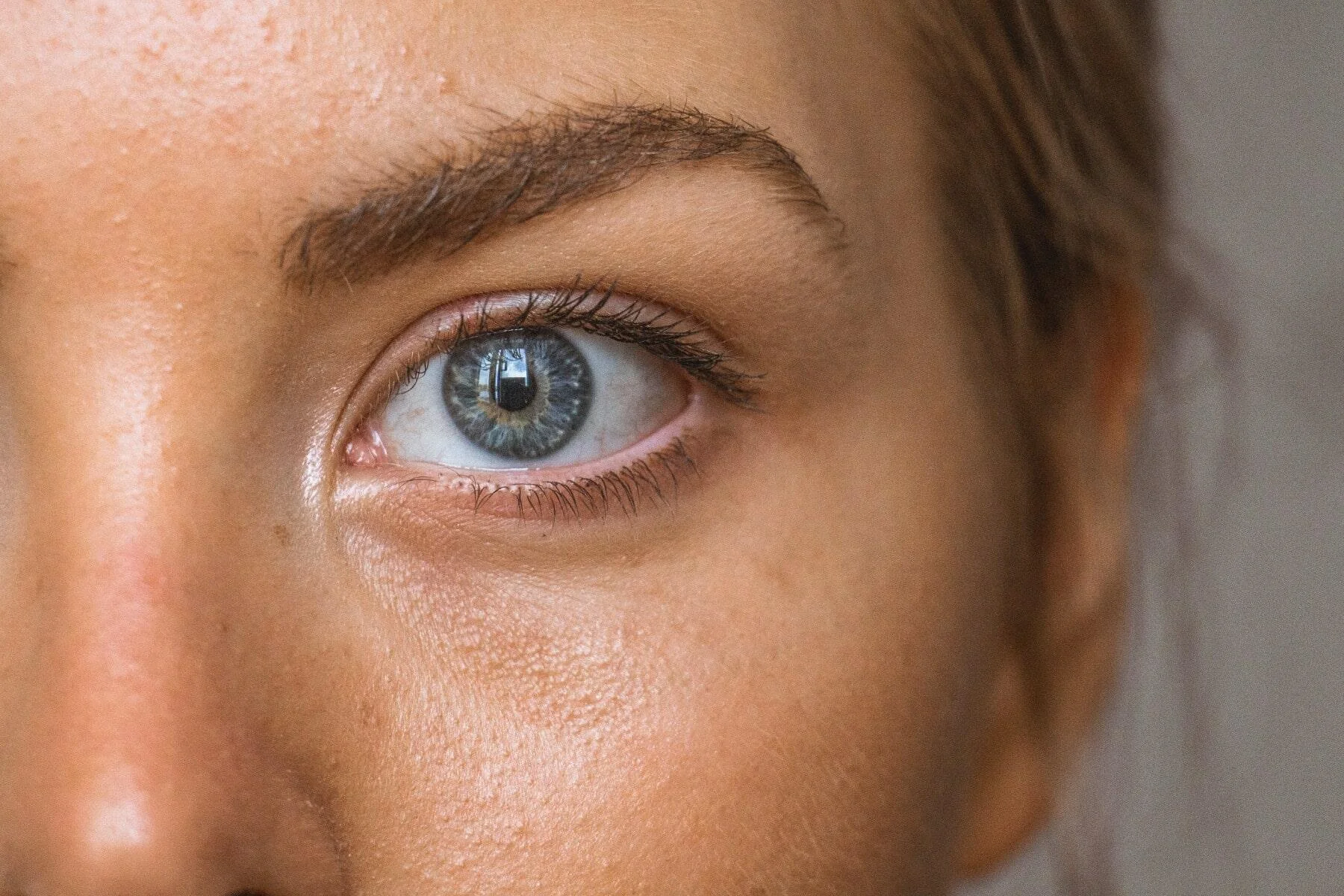

Amblyopia, or lazy eye, is a condition in which one eye sees less clearly than the other and typically develops during childhood. Strabismus, on the other hand, occurs when the eyes lose their parallel alignment and point in different directions. If not diagnosed and treated early, both conditions can lead to permanent visual impairment. Early detection and personalized treatment planning significantly increase the chances of successful outcomes.
Most commonly appears during childhood.
Amblyopia usually develops due to causes such as strabismus, refractive errors, or drooping eyelids (ptosis).
In strabismus, the eyes are not parallel; while one eye looks straight, the other may turn inward, outward, upward, or downward.
The earlier the treatment begins, the higher the success rate.
Treatment may include glasses, patching therapy, orthoptic exercises, or surgical intervention.
Amblyopia is less responsive to treatment in adulthood, making early intervention critical.
Strabismus treatment is important for both visual coordination and cosmetic appearance.
In cases of amblyopia and strabismus caused by refractive errors, treatment often begins with prescription glasses to help focus the eyes properly.
For amblyopia, the stronger eye is covered for a set number of hours during the day to encourage the weaker eye to work harder and improve vision.
In cases of strabismus with a small angle of deviation, a program of eye exercises can be used to strengthen the eye muscles and improve alignment.
Surgery on the eye muscles can be performed to restore proper eye alignment. This procedure is usually done under general anesthesia in children.
In some types of strabismus, special prism lenses may be used to eliminate double vision or help maintain visual balance.
